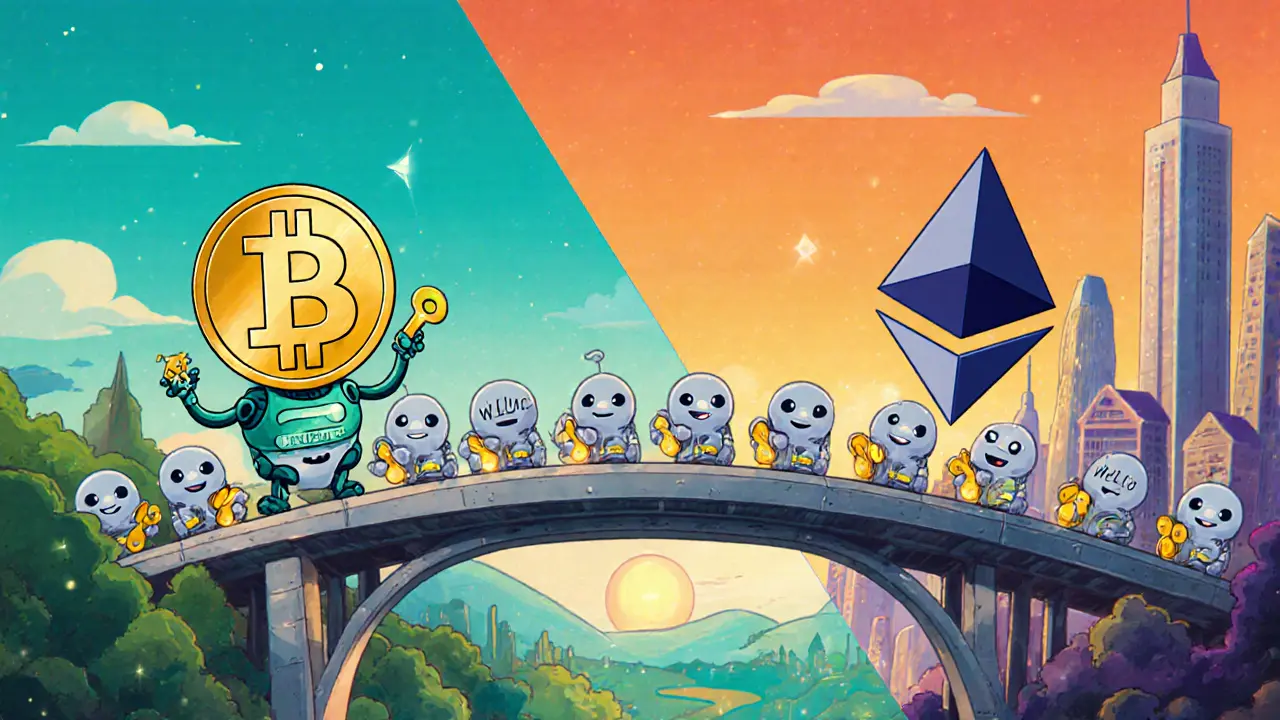Terra Classic Overview: Legacy Blockchain, Tokens & DeFi
When working with Terra Classic, the original Terra blockchain that survived the 2022 crash and now runs the Luna Classic (LUNC) token. Also known as LUNA Classic, it provides a platform for community‑driven governance, on‑chain assets and a revived stablecoin ecosystem.
The heart of Terra Classic is the Luna, the native utility token used for staking, governance and fee payment. Paired with TerraUSD (UST), a community‑backed algorithmic stablecoin that aims to keep a 1:1 peg with the US dollar, the two create a feedback loop: Luna absorbs volatility from UST, while UST offers a stable medium for DeFi apps. One of those apps is Anchor Protocol, a savings platform that promises high yields on UST deposits by leveraging lending markets. Anchor’s high‑yield model has attracted liquidity, which in turn fuels more staking on Luna and deeper governance participation. Together, Terra Classic, Luna, UST and Anchor form a closed‑loop ecosystem where tokenomics, stablecoin mechanics and DeFi incentives are tightly interwoven.
Below you’ll find a hand‑picked set of articles that unpack how Terra Classic’s components work in practice. From detailed token analyses and staking earnings guides to regulator impacts on blockchain projects, the collection covers everything you need to navigate the Terra Classic landscape. Whether you’re checking the latest Luna price action, assessing UST’s peg stability, or probing Anchor’s yield strategy, these pieces give you actionable insights and real‑world examples. Dive in to see how the legacy chain continues to evolve and why its community‑driven model still matters in today’s crypto world.
Wrapped LUNA Classic (WLUNC) Explained - What It Is, How It Works, and Risks
Learn what Wrapped LUNA Classic (WLUNC) is, how it works on Ethereum, its benefits, risks, and how to start using it.
- 22
- Read More
